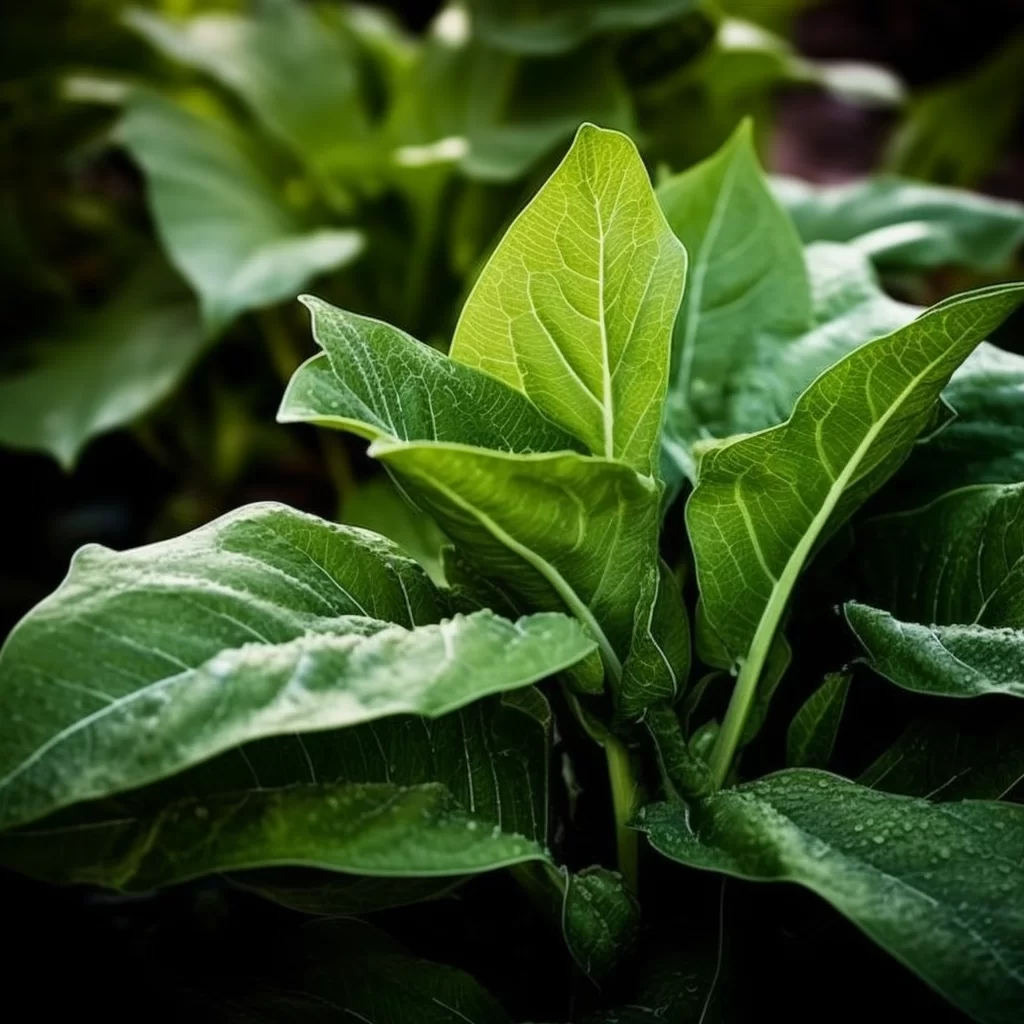Story of Day :
Contents
The Collard Plant: A Complete Guide and Care Tips
Welcome to our complete guide on the collard plant! Collards are a type of leafy green vegetable that has been enjoyed for centuries.
They are often referred to as “cabbage in leaves” due to their close resemblance to cabbage but with a milder flavor.
In this article, we will discuss everything you need to know about growing and caring for collards in your home garden.
What Are Collards?
Collards (Brassica oleracea) are members of the Brassicaceae family, which also includes other popular vegetables such as broccoli, cauliflower, kale, and Brussels sprouts.
They are biennial plants that grow best in cooler weather conditions.
Varieties of Collard Plants

There are different varieties of collard plants available today; some common ones include:
- Vates: Vates is a popular variety known for its smooth leaves and excellent resistance to frost.
- Georgia Southern: This variety has large leaves with slightly crinkled edges and is tolerant to hot weather conditions.
- Morris Head: Morris Head is known for its tightly packed heads of tender leaves that mature later than most other varieties.
Growing Conditions for Collards
In order to grow healthy collard plants, it’s important to provide them with the right growing conditions.
Here are some factors you should consider when planting your collards:
- Sunlight: Collard plants require at least 6 hours of direct sunlight each day.
Therefore, find a spot in your garden where they can get enough sunlight throughout the day.
- Soil: Collards grow best in well-draining soil that is rich in organic matter.
A pH of 6.0 to 7.5 is ideal for this plant.
- Water: Collards require consistent watering throughout the growing season.
Ensure that the soil remains moist but not waterlogged to prevent root rot.
- Fertilizer: Fertilize your collard plants with a balanced fertilizer high in nitrogen and potassium every three weeks during the growing season.

Planting Collard Seeds
The best time to plant collard seeds is during late summer or early fall, depending on your location and climate conditions.
Here are some steps you should follow when planting collard seeds:
- Prepare the soil: Prepare the garden bed by loosening up the soil and adding compost or manure to improve its texture and nutrient content.
- Sow seeds directly into the ground: Sow your seeds directly into well-prepared soil about a half-inch deep, spacing each seed at least six inches apart from one another.
- To transplant seedlings: If you prefer transplanting seedlings instead of sowing directly, start them indoors about six weeks before transplanting them outside when they are around four inches tall at least space each plant six inches apart from one another
.
Caring for Your Growing Collard Plants

Collards are relatively easy to care for once they start growing; here’s what you need to do once your plants have germinated successfully:
- Weeding: Weed regularly around your plants so that they don’t compete with nutrients and water with your collard plants.
- Watering: As mentioned earlier, consistent watering is essential for healthy collard growth.
Water deeply once or twice a week, depending on the weather conditions and soil moisture levels.
- Pest Control: Insects like flea beetles, aphids, and cabbage worms are common pests that can attack your collard plants; you can control them using organic insecticides or neem oil sprays.
- Diseases Control: Diseases such as clubroot, leaf spot fungus, and black rot may affect the growth of your plant.
Avoid this by rotating crops every season to prevent buildup of pathogens in the soil.
Harvesting Collards

You can start harvesting your collards when they reach around 10-12 inches tall in about 50 to 60 days after sowing seeds or transplanting seedlings.
To harvest them correctly:
- Cut leaves from the base: To cut leaves from the plant’s base stem near ground level use a sharp knife or scissors so that new ones will grow back in place.
- Cut leaves frequently but with caution:You shouldn’t cut more than one-third of each plant at any given time as it may slow down its growth rate significantly.
The Bottom Line
Growing and caring for Collard Plants is relatively easy if you follow these tips outlined above.
The reward for having these leafy greens available in your garden is immense! They contain essential vitamins that help boost our immune system while providing us with vital nutrients that keep us healthy overall.
So why not add them to your garden today?
.